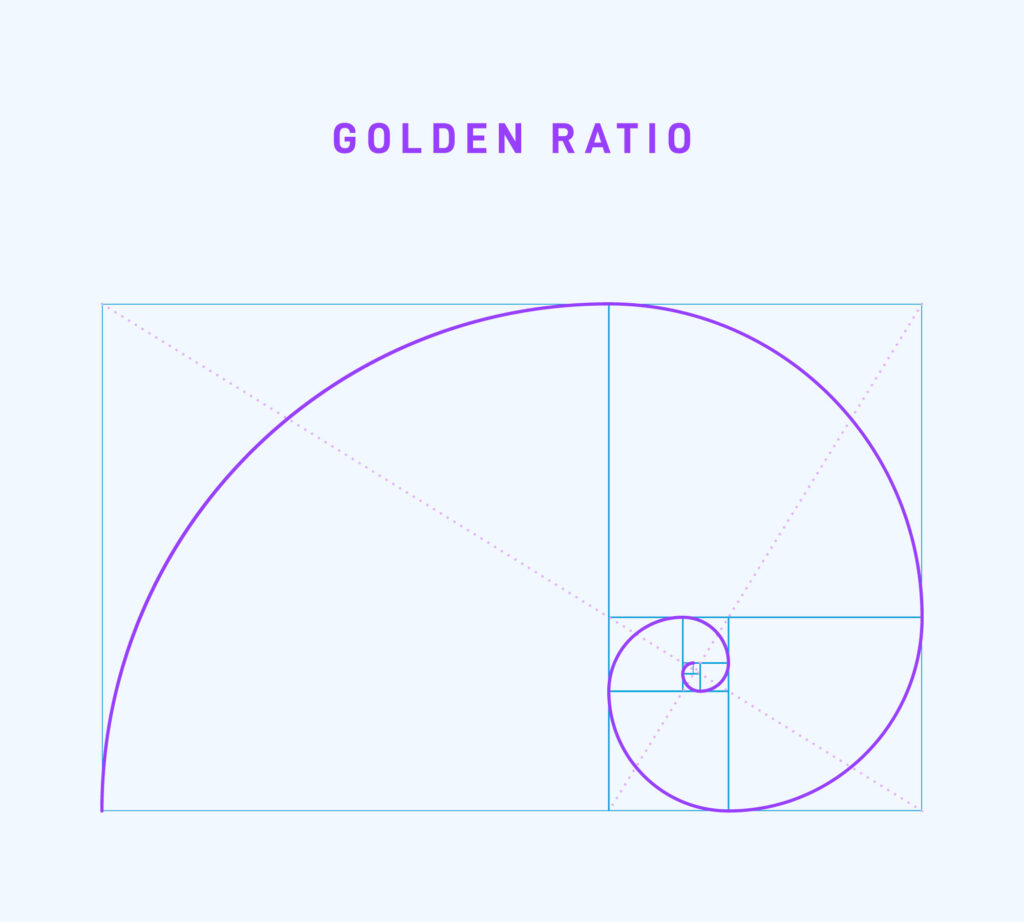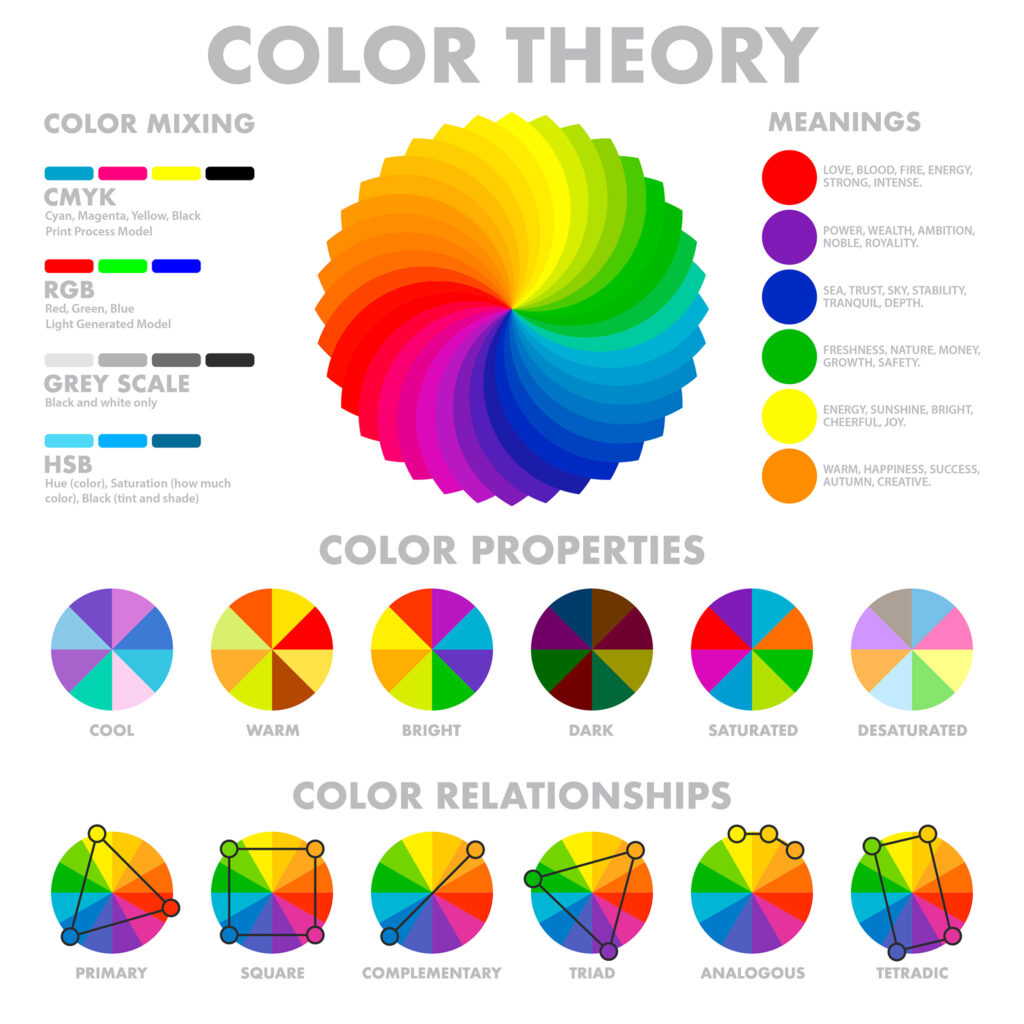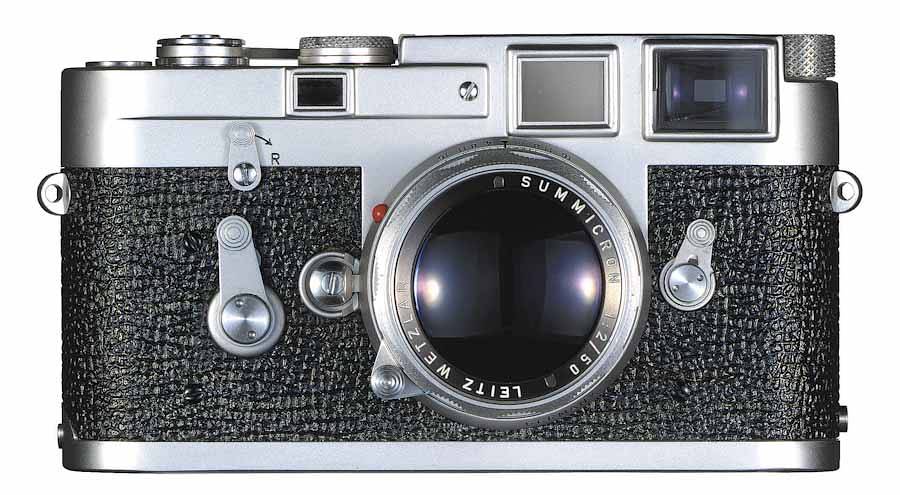Have you ever noticed how some people can make simple, inexpensive clothes look effortlessly stylish, while others wear expensive designer brands but still appear uncoordinated? The answer lies in something deeper than just fashion—it’s about universal principles of beauty and harmony that transcend personal taste.
These principles are found in nature, art, architecture, music, and even human perception. Whether consciously or intuitively, those who dress well (or create harmonious aesthetics in any domain) are applying these timeless rules. On the other hand, those who struggle with style may simply not recognize or follow them.
Let’s explore what makes beauty truly universal and why some people naturally understand it better than others.
1. The Golden Ratio & Proportion: The Mathematics of Beauty

One of the most famous principles of beauty is the Golden Ratio (1.618), a mathematical proportion found everywhere in nature—from seashells to the human face. Artists like Leonardo da Vinci used it to create perfectly balanced compositions.
In fashion and personal style, this same principle applies. A well-proportioned outfit enhances the body’s natural shape, while an unbalanced one creates visual awkwardness. For example:
- A jacket with the right cut elongates the silhouette and enhances natural proportions.
- A well-fitted dress follows the rule of thirds, avoiding cutting the body in halves, which can make a person look shorter or unbalanced.
Some people have an intuitive sense of proportion, while others might rely on trends that ignore these natural rules—resulting in outfits that don’t quite “work.”
2. Symmetry vs. Asymmetry: Finding the Right Balance

Symmetry is often associated with order, stability, and attractiveness—which is why symmetrical faces are widely perceived as beautiful. However, perfect symmetry can also feel rigid.
In art, fashion, and photography, asymmetry—when done intentionally—creates a sense of movement and dynamism. Think of a stylish outfit where:
- One sleeve is slightly off-shoulder, adding a natural asymmetry.
- An asymmetrical dress drapes in a way that complements the body.
In contrast, when asymmetry is unintentional (for example, mismatched shapes or unbalanced clothing layers), it creates visual chaosrather than elegance.
3. Color Theory: Why Some Colors Just Work Together

Some people instinctively wear colors that complement their skin tone, hair, and overall presence, while others throw on expensive designer pieces with clashing colors and wonder why they don’t look good.
This is because of color theory, a fundamental principle in art and design. Key concepts include:
- Complementary Colors: Colors opposite each other on the color wheel (blue & orange, red & green) create vibrant contrast and make each other stand out.
- Analogous Colors: Colors next to each other on the wheel (blue & teal, red & orange) create harmony and softness.
- Monochromatic Schemes: Using different shades of the same color adds elegance and depth.
Someone with a natural eye for color will instinctively follow these rules, while someone who lacks this awareness might wear expensive brands in colors that clash—making the outfit look forced rather than stylish.
4. Rhythm & Repetition: The Flow of Style

Just as music and poetry rely on rhythm, good style follows a visual rhythm. A harmonious outfit repeats certain elements in a way that feels intentional. For example:
- Repeating golden accessories across shoes, earrings, and a belt creates visual unity.
- A pattern in a scarf subtly echoed in a handbag or shoes makes an outfit feel cohesive.
In contrast, wearing too many random patterns, mismatched fabrics, or uncoordinated accessories creates a sense of visual noise rather than elegance.
5. Light & Shadow: The Power of Contrast

In photography, film, and painting, chiaroscuro (light and shadow) is used to create depth, drama, and focus. The same applies to style:
- A well-lit photograph enhances textures and contours.
- A well-balanced outfit plays with dark and light tones to highlight features.
Someone with a natural sense of beauty understands how contrast adds dimension, while someone without this awareness might wear flat, overly similar colors that dull their overall presence.
6. Simplicity vs. Complexity: Knowing When to Stop

Luxury is often mistaken for complexity, but in reality, elegance is about balance. There’s a reason why a simple, well-fitted black dress looks timeless, while an over-accessorized outfit can feel overwhelming.
- Minimalism (when well done) removes distractions and focuses on essentials.
- Complexity (when well structured) adds interest without chaos.
Those who instinctively understand harmony can layer textures, fabrics, and accessories in a way that feels refined rather than excessive.
7. Movement & Flow: How Clothes “Feel” on the Body

Great fashion designers talk about how clothing should move with the body, not against it.
- Well-tailored clothes feel effortless when a person moves.
- A silk dress with soft draping enhances natural curves without stiffness.
Some people instinctively choose clothing that complements their body’s movement, while others buy expensive pieces that feel stiff, uncomfortable, or unnatural.
Why Do Some People “Miss” These Universal Principles?
If these rules of beauty and harmony exist, why do some people struggle to dress well, even with access to expensive clothing?
- They prioritize social signals over real harmony – Some people wear brands to impress rather than to enhance their natural beauty.
- They follow trends instead of principles – Trends come and go, but timeless beauty follows fundamental rules.
- They lack visual awareness – Some people haven’t trained their eye to recognize what is balanced, harmonious, or elegant.
In contrast, those who naturally look stylish—even in inexpensive clothing—have often internalized these principles, whether consciously or intuitively.
A deeper dive into beauty principles
Beyond the foundational principles like the Golden Ratio, symmetry, contrast, and rhythm, there are deeper, more advanced principles of beauty that operate on a philosophical, psychological, and even metaphysical level. These principles not only shape aesthetics but also influence our perception of what is truly beautiful.
1. Sublime Beauty: The Power of Awe and Scale
Beauty isn’t just about harmony and proportion—it’s also about what overwhelms us in a way that feels almost spiritual. This is the essence of the sublime, a concept explored by philosophers like Edmund Burke and Kant.
- A Rembrandt portrait isn’t just realistic—it carries a depth of emotion and mystery that evokes something beyond the physical.
- A towering mountain range or a vast ocean isn’t just visually stunning—it stirs something deeper, a sense of awe and insignificance.
- In photography and design, playing with scale, depth, and mystery can create that sublime effect.
2. Wabi-Sabi: The Beauty of Imperfection
The Japanese concept of wabi-sabi finds beauty in imperfection, impermanence, and the natural passage of time. It’s the opposite of Western ideals of flawlessness.
- A cracked ceramic bowl repaired with gold (Kintsugi) is more beautiful than a perfect new one because its flaws tell a story.
- In photography, soft focus, grain, and asymmetry can feel more intimate and real than clinically perfect sharpness.
- In fashion, a carefully worn-in leather jacket or a slightly wrinkled linen shirt has a warmth that pristine luxury brands can’t replicate.
3. Fractal Beauty: Recurring Patterns in Nature and Art
The universe is full of fractals—self-repeating patterns that exist from microscopic to cosmic scales. This natural repetition feels intuitively harmonious to the human brain.
- Leonardo da Vinci’s “Vitruvian Man” reflects fractal proportions in the human body.
- Gothic cathedrals, Islamic geometric art, and the spirals in sunflowers all follow fractal mathematics.
- In photography and design, repeating patterns with variations (light reflections, layered textures, or echoes of the same shape)create a sense of infinite depth.
4. Dynamic Tension: Balancing Chaos and Order
Perfect symmetry can feel too rigid, while complete chaos is overwhelming. The greatest compositions, whether in painting, photography, or fashion, maintain dynamic tension between order and disorder.
- Caravaggio’s chiaroscuro—his use of violent contrasts between light and shadow—creates drama.
- A runway outfit that mixes structured tailoring with fluid draping keeps the eye engaged.
- In storytelling and film, a scene that is just slightly “off” (a crooked frame, a misplaced object, an eerie silence) draws the viewer in subconsciously.
5. Gestalt Perception: How the Mind Fills in Beauty
The human brain seeks closure and meaning, often finding beauty not in what is fully revealed, but in what is suggested.
- Minimalist design works because our brain completes the missing elements.
- Henri Cartier-Bresson’s street photography captures moments where motion and context allow the viewer to “complete” the story.
- In fashion, a well-placed cut-out, slit, or drape is often more alluring than complete exposure because it leaves something to the imagination.
6. Temporal Beauty: Beauty That Evolves Over Time
Some forms of beauty aren’t instant—they emerge through time, change, and interaction.
- A well-aged painting or photograph gains richness through patina and history.
- Certain melodies or musical compositions don’t feel beautiful on the first listen, but reveal their depth over time.
- A film like “The Tree of Life” might seem abstract at first but grows in beauty the more you think about it.
7. Narrative Beauty: When Meaning Creates Aesthetic Impact
Something isn’t just beautiful because of how it looks—it’s beautiful because of what it represents.
- Van Gogh’s brushstrokes aren’t technically realistic, but they express something deeply emotional.
- A family heirloom or an old photograph holds more beauty than a perfect luxury object because it carries meaning.
- In fashion, the reason people admire Yohji Yamamoto or Rick Owens isn’t just the aesthetics—it’s the philosophy behind them.
Beauty Is Not Just Seen—It Is Felt
The most advanced forms of beauty aren’t just about composition, symmetry, or color—they speak to something deeper in us. That’s why beauty is often a reflection of our inner world.
If you create something truly beautiful, whether a photograph, film, or even a simple outfit, it should evoke a sense of recognition—a feeling that it touches on something eternal, something that existed before you even realized it was there.
We can understand beauty intuitively because our brains are wired to recognize patterns, harmony, and balance. This ability has deep evolutionary, neurological, and cultural roots:
1. Evolutionary Biology – Our ancestors associated symmetry, proportion, and vibrancy with health, fertility, and survival. A well-proportioned face, for example, signals genetic fitness.
2. Neurological Processing – The human brain naturally seeks order in chaos. The visual cortex quickly detects patterns, symmetry, and contrasts, helping us process beauty effortlessly.
3. The Golden Ratio & Natural Patterns – The Fibonacci sequence and Golden Ratio appear in nature, from seashells to galaxies. Because these proportions are so widespread, our brains recognize them as aesthetically pleasing.
4. Emotional & Psychological Response – Certain colors, shapes, and rhythms trigger deep emotions. Music, for instance, follows harmonic structures that resonate with us instinctively, just like well-balanced visuals.
5. Cultural Reinforcement – Over time, societies refine and reinforce what is considered beautiful. However, even across different cultures, fundamental principles of beauty—like proportion, contrast, and harmony—remain consistent.
6. Mirror Neurons & Aesthetic Sensitivity – We feel beauty almost physically because our mirror neurons allow us to “sense” harmony and grace. When we see a fluid dance movement or a balanced painting, we can feel its rhythm.
Intuitive beauty isn’t just subjective—it follows deep, universal principles embedded in nature, perception, and human experience.
Conclusion: Beauty is Not Just Subjective—It Follows Universal Rules
While personal taste plays a role in fashion and aesthetics, there are deeper, universal principles that determine beauty and harmony. These rules exist in nature, mathematics, and human perception—and they apply across fashion, photography, painting, and design.
Some people have a natural eye for these principles, effortlessly dressing in a way that feels elegant and balanced. Others, despite wearing the most expensive brands, struggle because they don’t follow the laws of proportion, color, contrast, rhythm, and movement.
The good news? These principles can be learned. By studying art, photography, and even nature, anyone can develop a better sense of harmony—resulting in not just better style, but a deeper appreciation for beauty in all aspects of life.
Beauty, too, is a blend of harmony and chaos—perhaps with the chaotic element being the imperfections in our individuality that make something truly unique.


GIPHY App Key not set. Please check settings